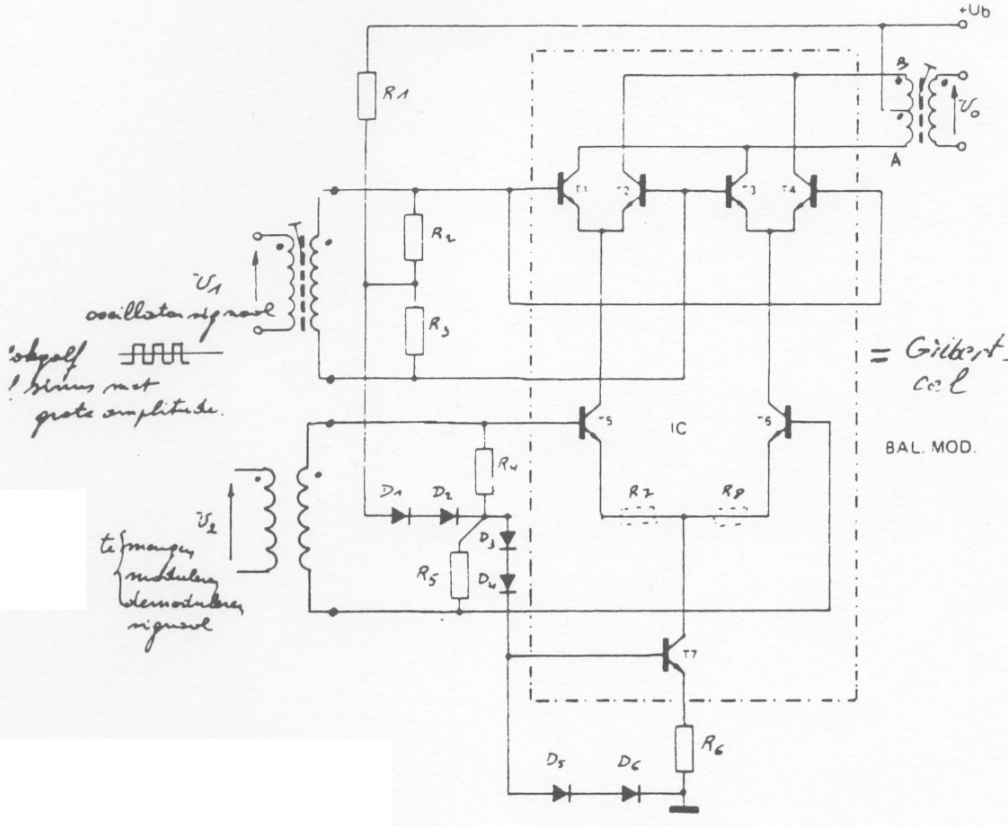I'm currently breaking my head over this Gilbert cell:

I understand the workings of this circuit, that is not the issue I'm having. What I do not understand is, when looking at the current waveforms:
How do you get this resulting output? I understand it all the way to where the red arrows are drawn, but not how you get this result from combining those 2, where is the DC current offset?


